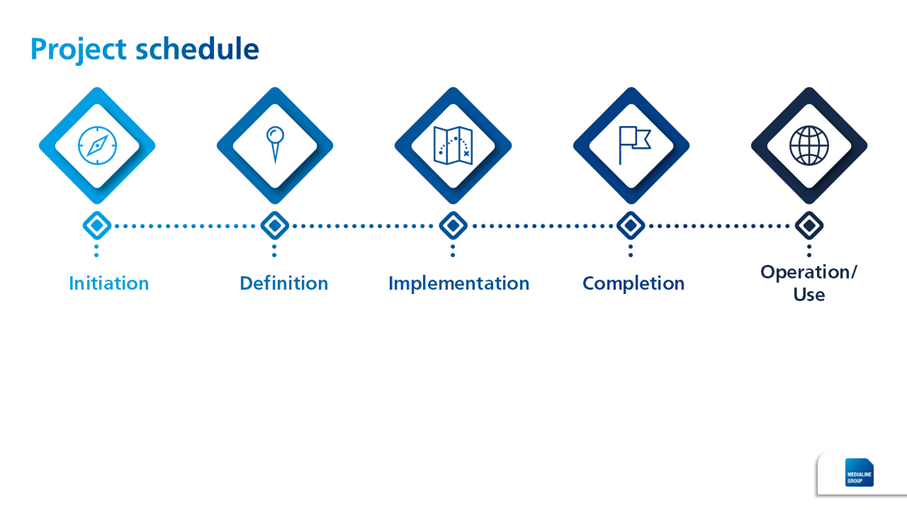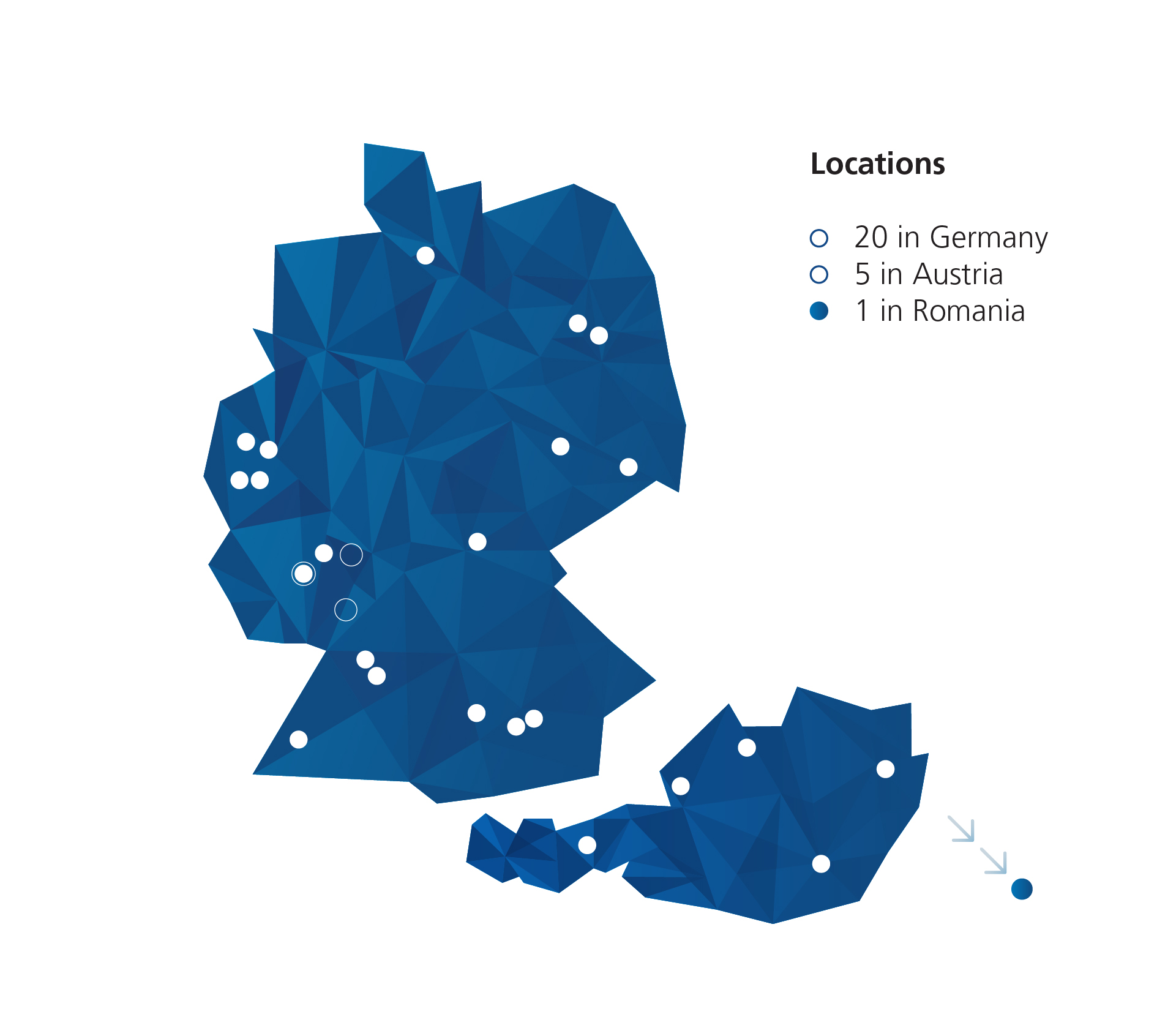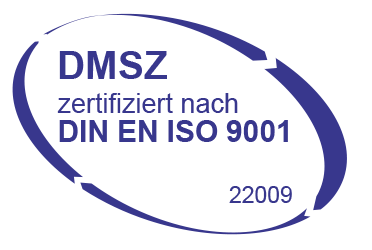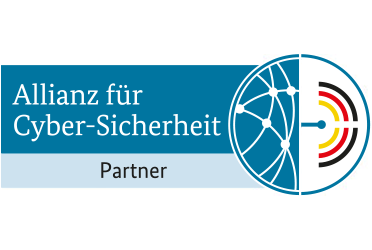Manage IT projects intelligently with Project Management as a Service
Successful navigation in the digital world
Table of contents

In today's fast-paced business world, effective project management and the successful implementation of IT projects are crucial to the success of companies. With our Project Management as a Service (PMaaS), we ensure that your project is implemented effectively and successfully.
Projects under control: What makes good project management
Project management refers to the planning, organization, control, and monitoring of projects. A project is defined as a temporary endeavor with a clear goal that involves tasks to be performed. These tasks can be diverse, such as developing a new IT infrastructure or introducing new software.


No plan, no success
Why companies need to rely on project management
Successful project management helps companies achieve their strategic goals, increase their competitiveness, and operate successfully in the market in the long term.

An outside perspective, an inside impact
How external project management strengthens your team
IT projects are often very extensive and complex. Successfully implementing such IT projects requires a high level of expertise and experience in IT project management. Here are some reasons why you should choose Medialine Project Management as a Service:
Your project. Our goal: Success – without detours.
We guarantee a high level of transparency in all directions and thus fulfill our goal: We carry out projects efficiently and effectively and ensure structured project success in which all desired results are achieved.
The services of our project managers
- Our project managers provide the following services:
- Project support from the first day of the project until its final completion
- Planning and control of deadlines with contact persons designated by the customer to coordinate the service tasks and the resources assigned to carry out these tasks
- Cost and risk management with monitoring of the project budget and management of any changes to the project scope
- Continuous process improvement and coordination of the individual project teams
- Communication management in the form of regular status meetings and a monthly overall report
- Modern and agile project management methods, such as PRINCE2, IPMA, and many more...
- Coordination of project completion with follow-up
We implement your IT projects more smoothly and successfully, ensuring long-term success for your company!
Your advantages at a glance
Monetary, strategic, and analytical successes
Comprehensive support for IT projects
Our project approach models
Our project managers use agile and linear project approach models. They always pay attention to your individual requirements, select the appropriate model, apply it, and carry out your project successfully.
The phases of project implementation
A successful project begins with initiation, during which we clarify the project assignment, analyze feasibility, and define initial goals and stakeholders. In the definition phase, we specify the goals, create the project plan, including resource, cost, and schedule planning, and coordinate communication and quality measures. The realization phase comprises the implementation of the planned tasks, the management of the project team, and the monitoring of progress, budget, and quality. Upon completion, we hand over the project results to the client, ensure quality, document lessons learned, and dissolve the project team. In the operation and utilization phase, we evaluate the project's success, provide support as needed, and identify optimization potential for future projects. Our structured approach to project management creates transparency, efficiency, and sustainable results – from the initial idea to productive use.

The tasks of our project managers
During project implementation, our project managers are the central point of contact for all project participants with the aim of relieving the client during the project phase. To this end, our project managers serve as central points of contact for both the client and the contractor. If necessary, they also take over communication with other external service providers. Our project managers coordinate all tasks within the project. The timely and structured implementation of the tasks at hand and the proactive avoidance of project-related and organizational risks and disruptions are our top priorities. Furthermore, our project managers maintain communication with all stakeholders through regular meetings, which they lead and coordinate. By involving one of our project managers, individual roles are clearly defined and the requirements and responsibilities are assigned to the respective experts.

How do we classify projects?
In practice, companies are often faced with the question of how to initiate, plan, and implement projects in concrete terms. In addition to selecting the right tools, organization is particularly important: issues such as time allocation, authority, and resource availability are of great significance.
To find satisfactory answers to these questions, it is necessary to define different categories of projects. This is the only way to ensure that excessive resources are not spent on small projects and that insufficient funds are not allocated to large projects. In practice, it makes sense to divide projects into three classes. We differentiate projects according to their duration, team size, and technical interfaces. However, the risks, time pressure, financial resources, and, above all, the consequences of the project's failure for the company also help us to distinguish between small, medium, and large projects.

We have everything under control – our project managers
Our project managers are experienced, have successfully implemented many projects to the complete satisfaction of our customers, possess proven knowledge through a wide range of certifications, and excel thanks to additional special training and further education. They also have extensive knowledge of how to structure and manage complex projects.

Ready to implement your projects correctly?
Get in touch with us today. We and our project managers look forward to implementing your projects too.
Downloads
FAQ
A project is defined in accordance with DIN standard 69901
A project has...
- ...a clear distinction from other plans
- ...limited resources (human, financial, time, etc.)
- ...unique conditions and completeness
- ...clear objectives
- ...a defined start and end date
- ...relatively innovative and risky tasks
Projects of all kinds
Projects are classified and differentiated in many different ways. For us, investment projects, research & development, and organizational projects are of particular importance.
What do the individual project types involve?
Investment projects
- Creation of tangible assets such as the construction of a new office building or the establishment of a new production site
Research & development
- R&D projects seek new insights or aim to create a new product. They may also involve further development, such as the development of a new security product.
Organization project
- Organization projects always involve changing processes, such as introducing a new invoice process.
Interest groups within a project
There are various roles with different responsibilities in a project team.
- Client - is the highest decision-maker.
- Stakeholders - are involved in the project, have an interest in the project's progress, and are directly affected by the project's impact.
- Project staff – are the executive body and deliver the agreed services.
- Steering committee – supports the client in decision-making and raises issues from the specialist departments.
- Project office – supports the project management in the administration and organization of a project.
Pulling the strings
A project manager is responsible for quality control, the budget and resources, as well as motivation and leadership. They also monitor the achievement of project goals and coordinate and organize the project team. Problems are solved and decisions are made through good risk management and transparent communication.












